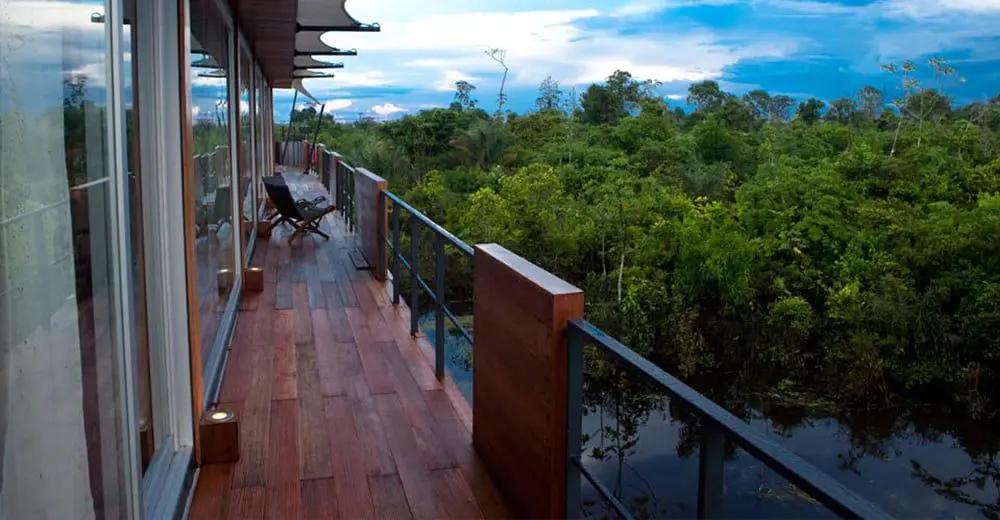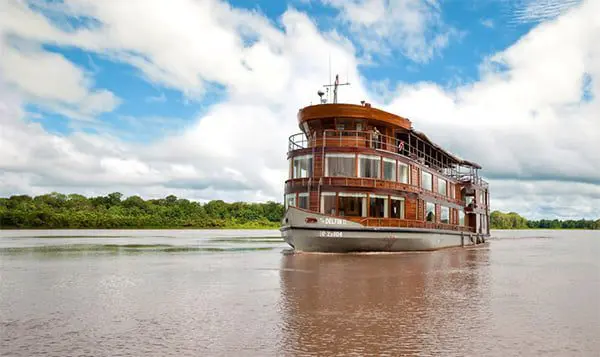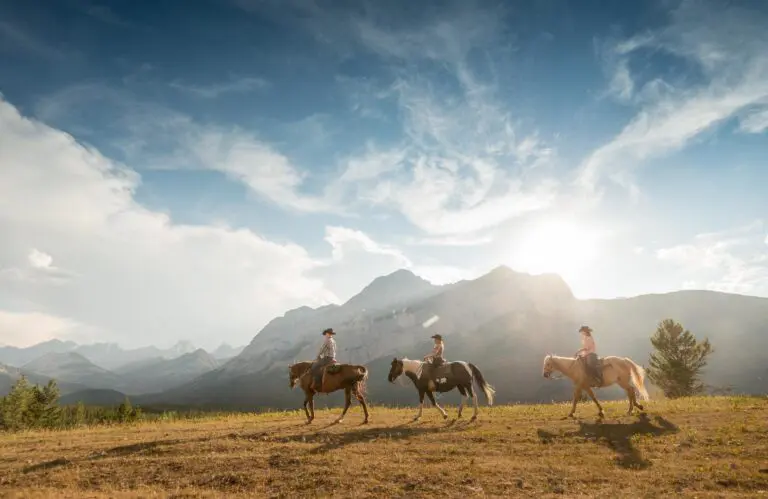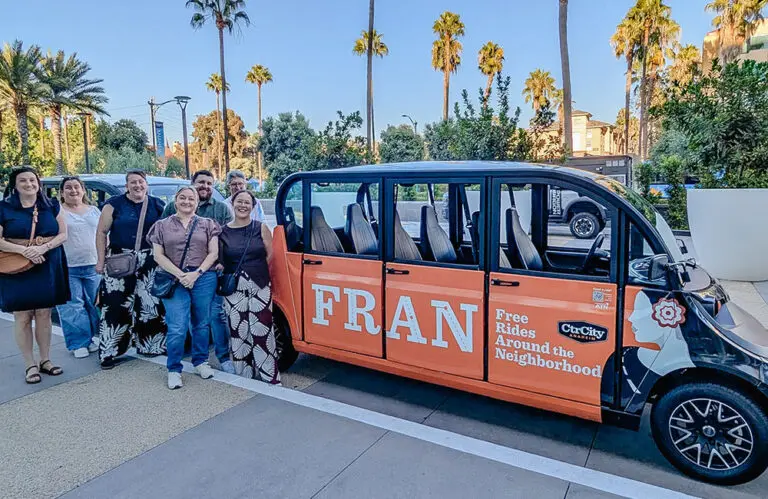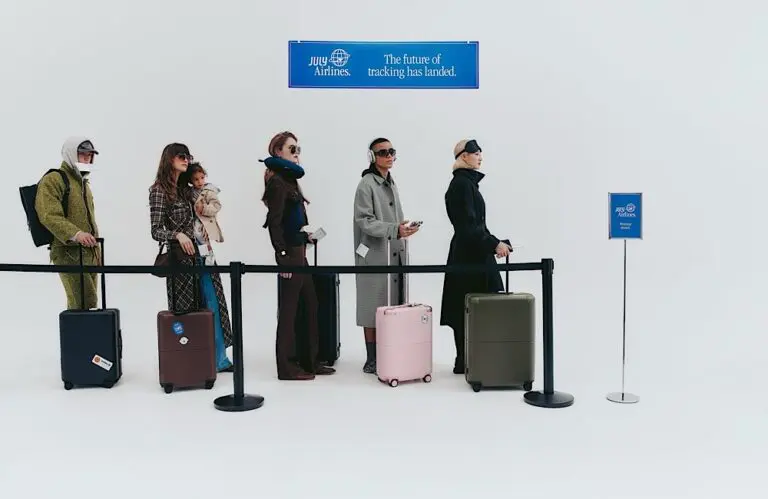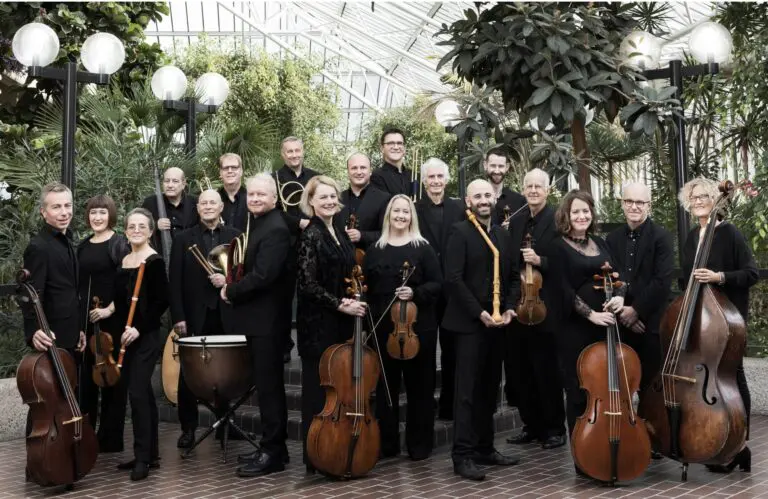In part four of our KarryOn’s Guide to River Cruising – series we’re discovering South America and what it’s really like cruising down the Amazon River.
As a cruising destination, South America is exotic in a way that other regions simply can’t touch, blending touches of the fjords of Norway and Alaska, the cosmopolitan cities of Europe and the vast stretches of rugged terrain in Australia (not to mention a fantastic wine-growing culture).
South America
South America cruises serve a wide range of fascinating destinations and cultures. On a South America cruise, you could see lush rain forests, towering waterfalls, brightly feathered macaws, snowcapped mountains, fiords or penguin colonies.
The Chilean fjords’ snow-capped volcanoes and spectacular frosty glaciers are certainly dramatic highlights — as is sophisticated and sassy Buenos Aires, South America’s Paris, which seduces the senses with sultry tango and fragrant Argentinean cuisine.
The planet’s fourth largest continent covers thousands of miles from the equatorial tropics to the sub-Arctic. Better yet? You’ll find no trace of cruise ship congestion — whether sailing around Cape Horn, anchoring in Antarctica or docking in lively Rio de Janeiro.
Ships embark in Iquitos or the newer port just upriver in Nauta. Instead of touring cities or ancient temples, you’ll be taking walks through the rainforest to look for monkeys, sloths, insects and fascinating plant life or visiting small villages where you can interact with locals. More so than on other river cruise itineraries, you’ll actually spend little time ashore because the voyages focus on the river itself, with motorboat rides along the water’s edge to look for bird life.
The Season
Amazon River cruises operate year-round (though big-ship lines typically visit in the winter). The water levels do fluctuate with December through May being the high-water season and the rest of the year low-water season.
High-water season floods the forest, allowing you to move deeper into the forest via skiff and zip around smaller tributaries that, otherwise, are inaccessible. Low-water season permits more onshore walks.


